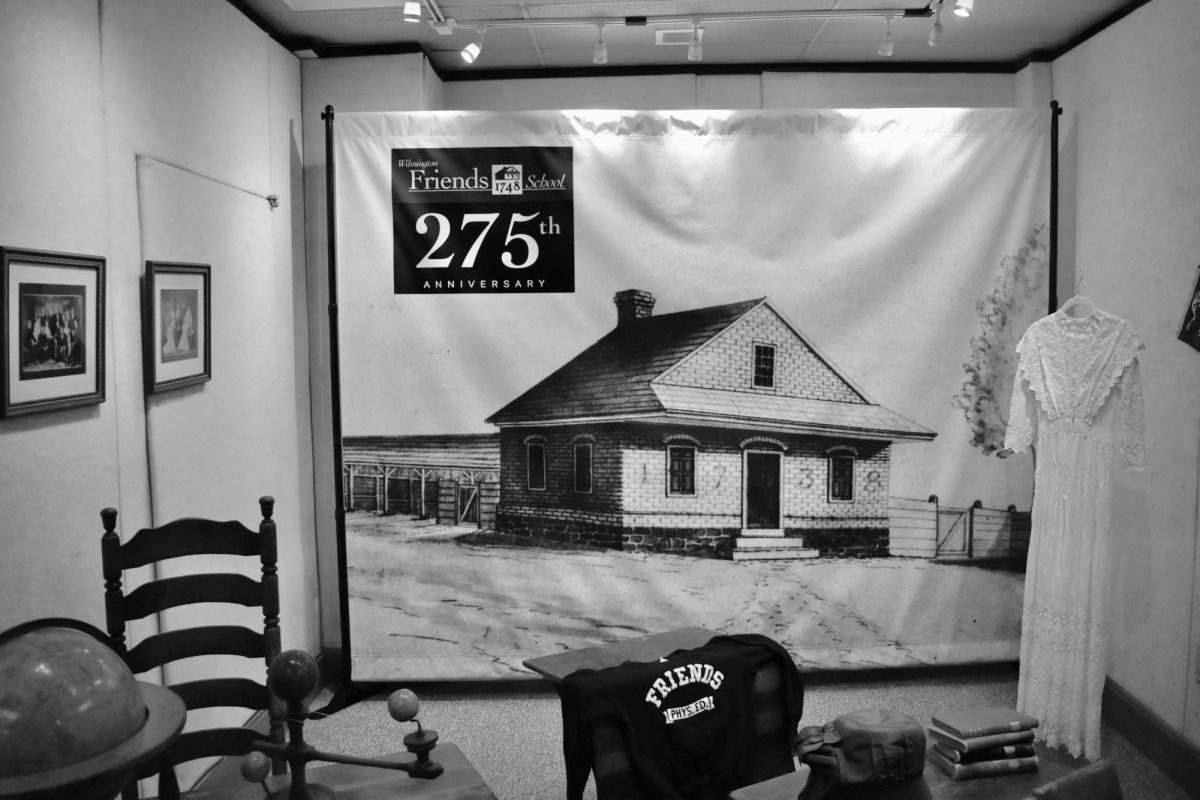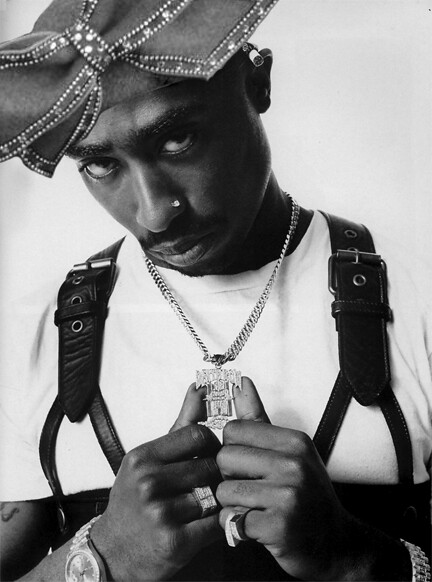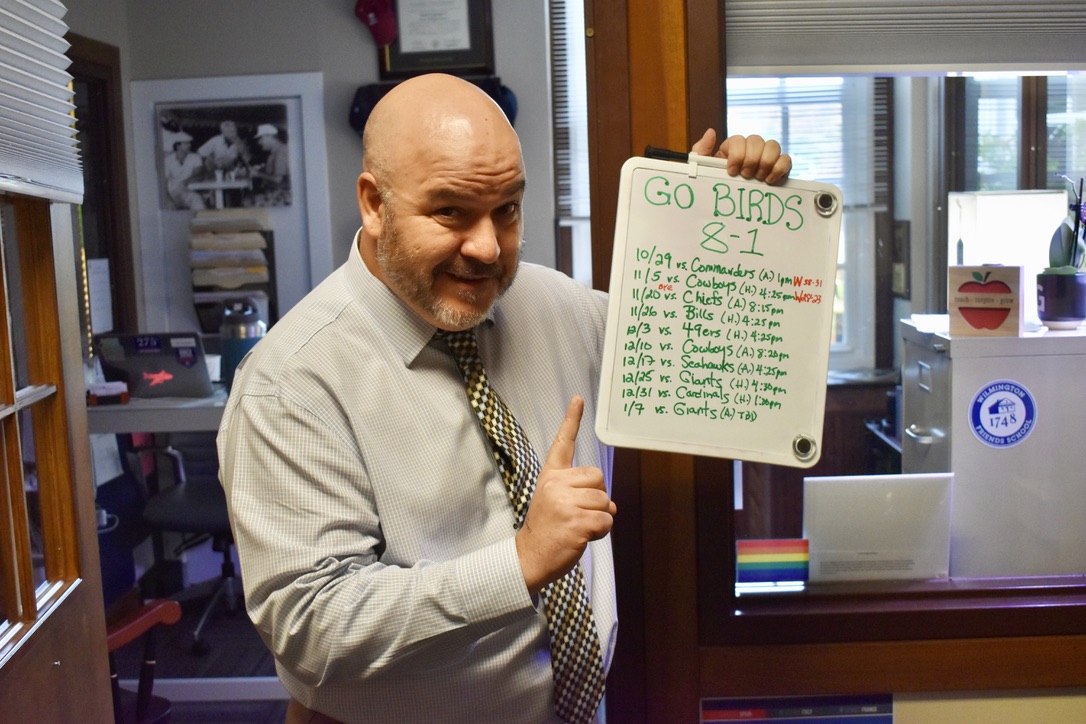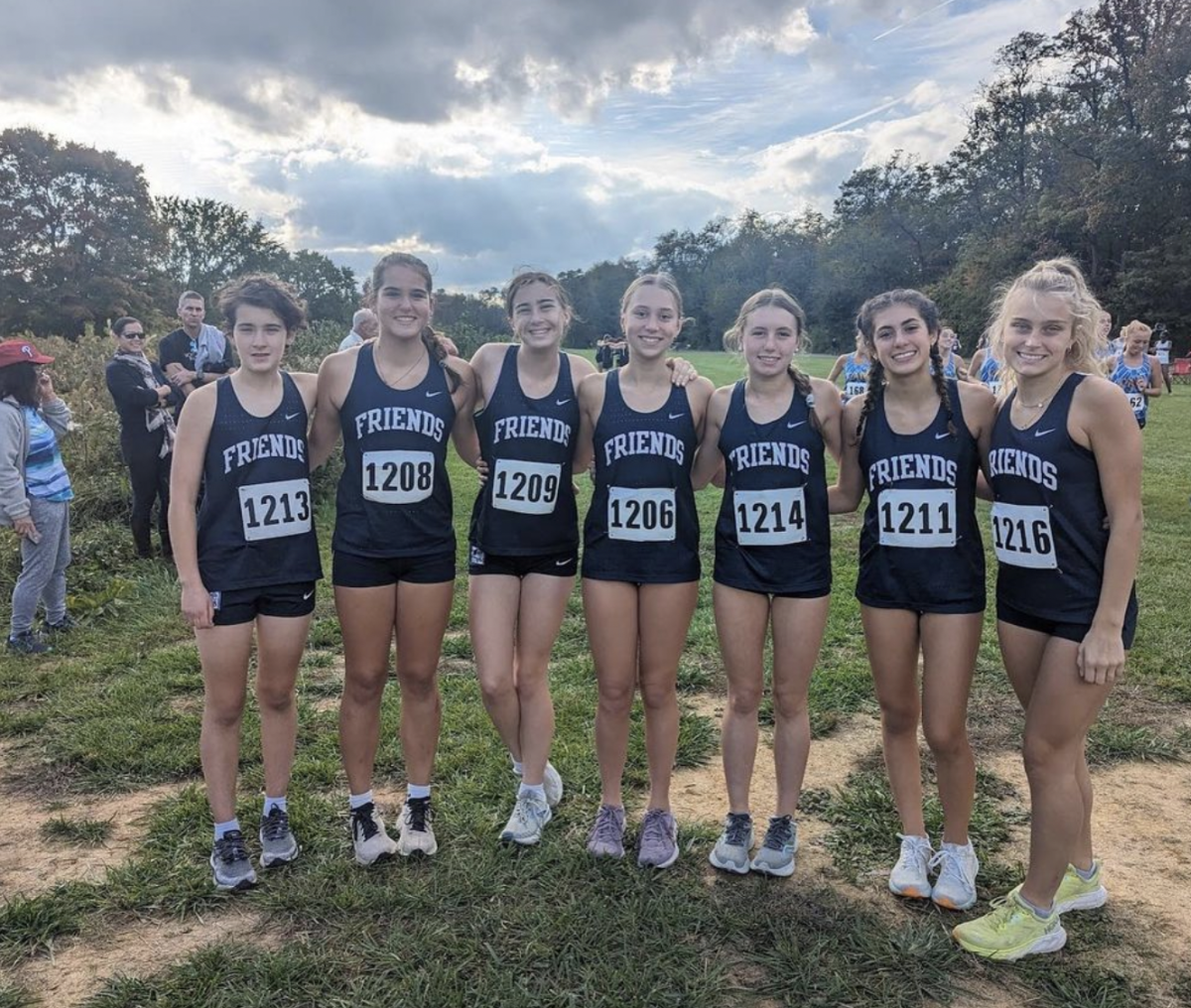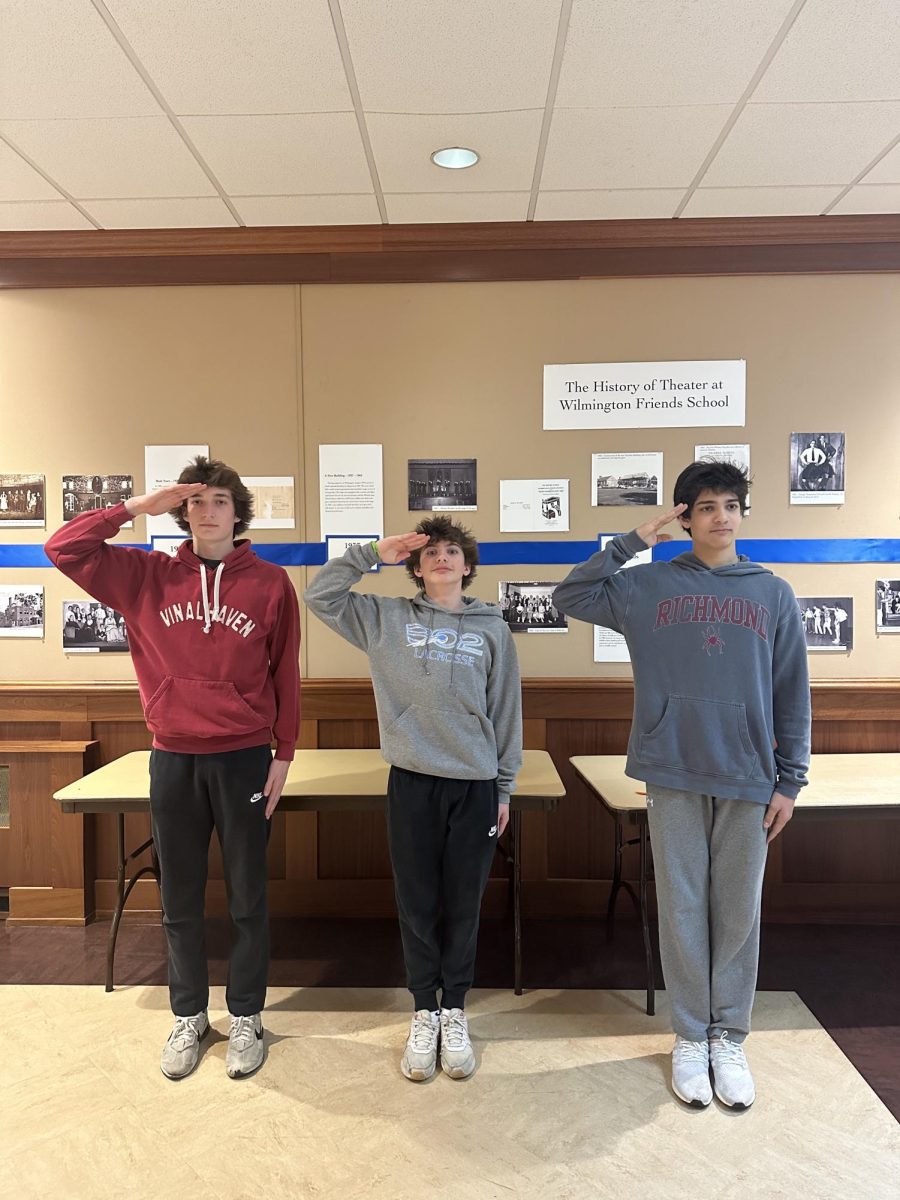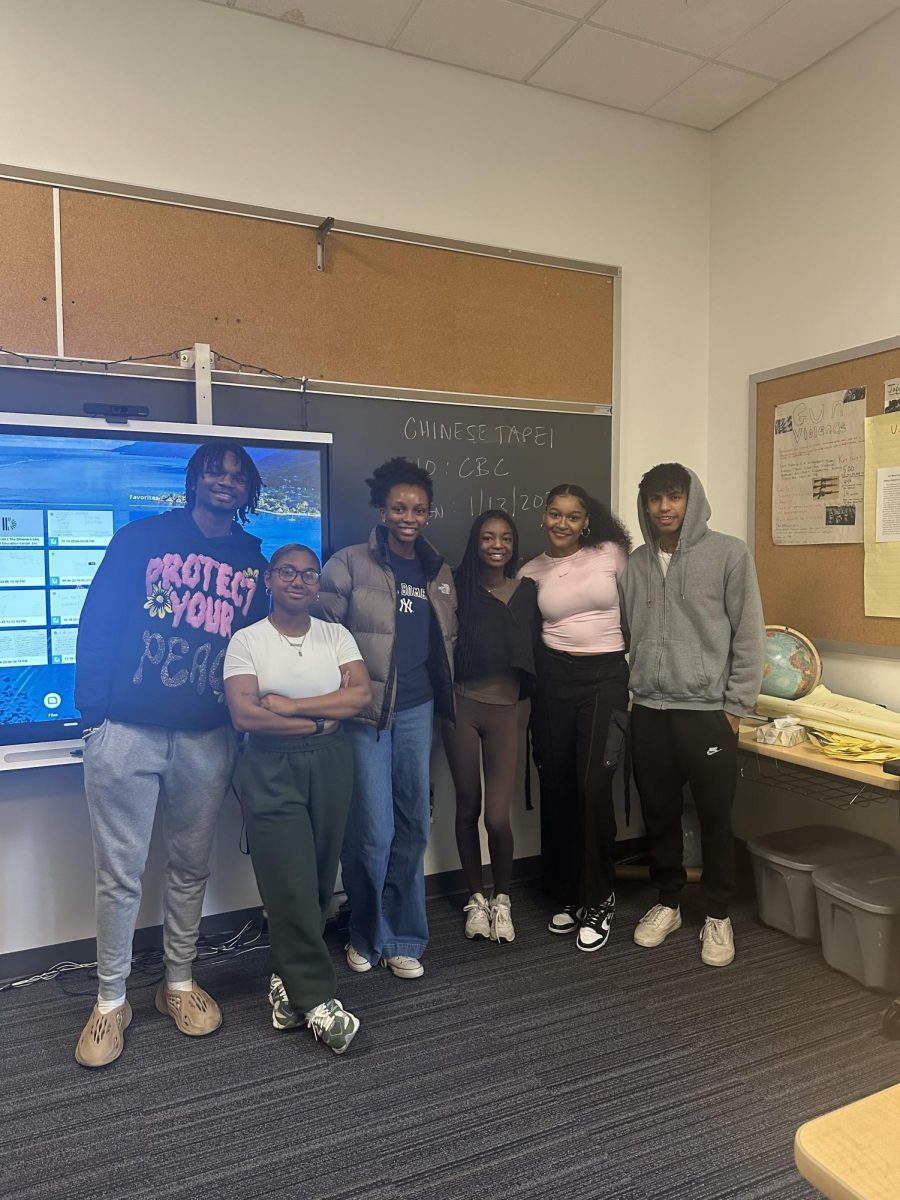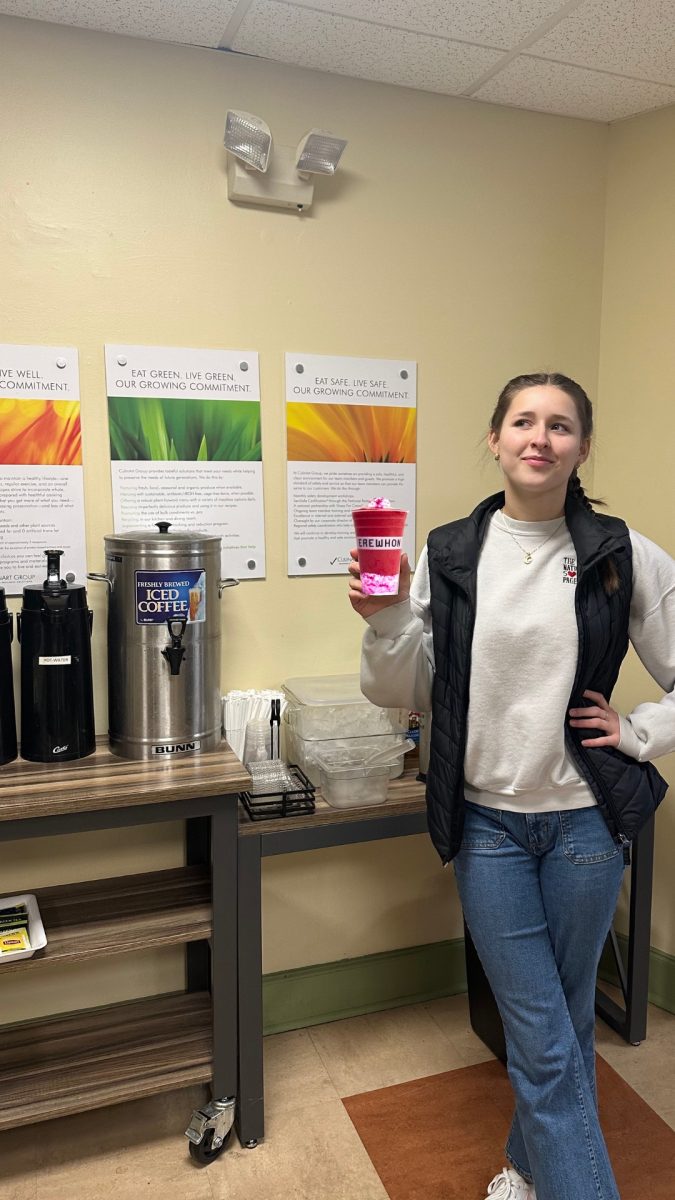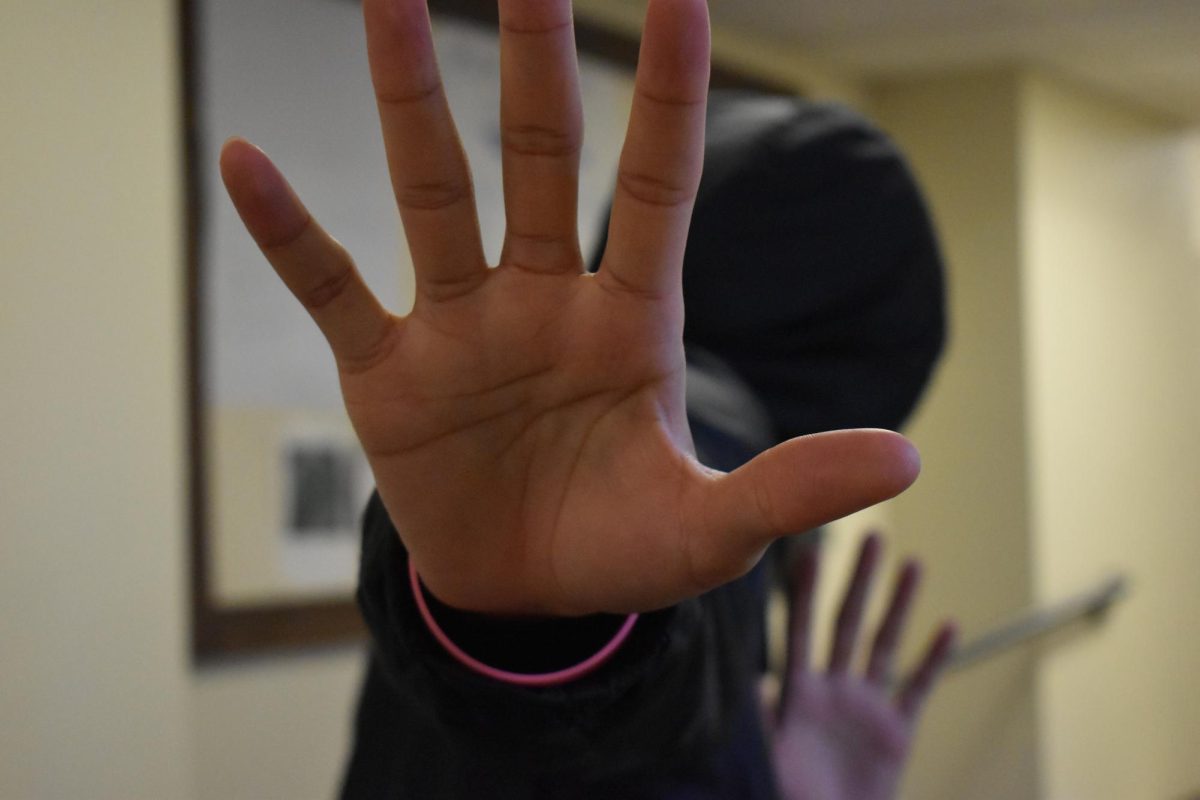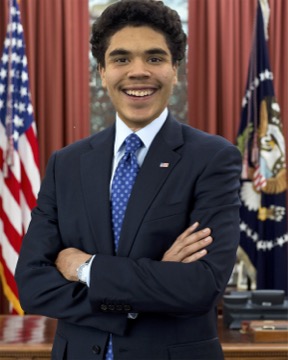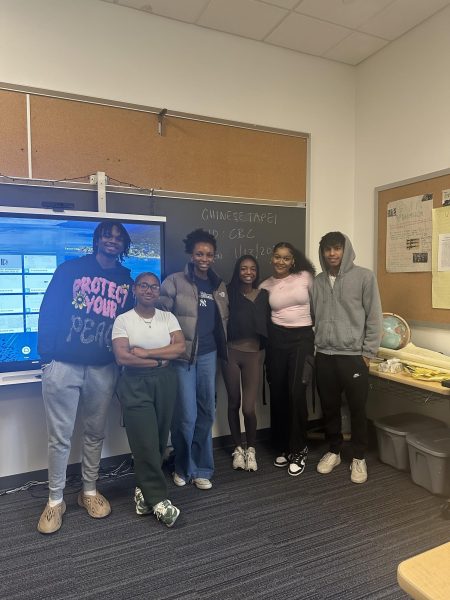Will Journalism Survive the Modern World?
November 6, 2017
“You are the future.” Whether spoken half-jestingly, proudly, emphatically, or even desperately, these words grew to become “old news” at the 2017 Al Neuharth Journalism and Free Spirit Conference. The five-day conference assembling the most promising student journalists from each state in the nation’s capital was the brainchild of Al Neuharth, founder of USA Today and the Newseum. Walking in the footsteps of many Friends students before me, I was treated to five days of jam-packed events, including sessions with famed journalists, editors, and activists; outings to studios, news headquarters, and government buildings; interactive experiences at the Newseum itself; and at the end of the day, bus tours around the DC memorials, an awards banquet, and a night time river cruise. Through it all, we were charged to stride forth and embrace the multi-faceted role of a journalist today: an activist who fights tenaciously to expose the truth, a warrior who battles corruption, an entrepreneur who exploits every opportunity to get ahead. I saw these figures in the brilliant speakers we met and the eager students soaking in an experience many of them would later say changed their lives. However, the more I learned about journalism, the more my excitement shifted to intense unsettlement. By the end of the conference, I was aware of something I hadn’t fully realized before: journalism is in grave danger.
Contrary to what you might expect, not one of our activities during the conference involved discussing newspaper layouts, attending a print run, or even glimpsing a sheet of paper. The reason for this was simple, and nonetheless trumpeted frequently: print is dead. Of the few people who actually read newspapers regularly, a paltry number do so in print. According to the Pew Research Center, the number of U.S. adults who get their news online is nearly double of those who often read print. The most heartbreaking moment of the conference was when Susan Goldberg, editor-in-chief of National Geographic and a revered figure among the student body, told us frankly that the organization was struggling. While the NatGeo instagram has 81 million followers and the brand is as respected as ever, those two accomplishments garner exactly $0 in sales. Meanwhile, the organization’s most significant revenue source, magazine subscriptions, is declining at a fast clip. In a hushed room, the editor-in-chief of National Geographic explained bluntly that she didn’t know where the organization was headed, but at this point only a major change could save it. We delude ourselves if we think this does not apply to other papers and magazines, big and small. The monumental skyscape of the printing world is shrinking, and fast.
So what is rising in its place? “Video!” exults Val Hoeppner, media mogul. Referenced as a digital trailblazer by media representatives from all rungs of the press hierarchy, it’s hard to tell whether Val believes this bodes well for journalism as a whole. In the moment, she’s too busy teaching us how to annotate film to create a clip perfectly engineered to generate the new currency prized in the media: views, likes, comments, and shares. You can’t blame her (a common theme in this narrative is that individuals are not the problem, which makes it all the scarier); in a heartbeat, Val can rattle off a plethora of statistics demonstrating the rising role of video in the journalistic landscape. Clearly, “journalism” is being replaced by a flood of sound bites, catchy headers, and emotionally charged stories. If you cannot tell already, let me outline to you why this is troubling. Maybe you believe a two minute video (usually without sound, due to the settings of most digital platforms) can convey the depth, nuance, and intellectual rigor of a two page article. You should not. Just consider the implications of how very few words can flash on a screen in a given time: What mental space is left for critical examination of evidence, or the development of reasoned argumentation? Indeed the very visual, emotional impact of video “news” should make us suspect its credibility. Approaching the viewer with an entirely visual experience, video works primarily in the emotional sphere, limiting critical thought, and preying on our basest human urges. Ominously, author and social critic Marshall McLuhan declared fifty years ago that “the medium is the message.” Video not only shapes how we consume news, but which news stories are promoted. You can’t expect “NowThis News” (a leading agent in the video clip news industry) to reel out a video of the complexities of the Syrian refugee crisis, including history, contending viewpoints, and political implications. You can however expect it to post the video of Omran Daqneesh, a dirty, wounded, sympathy-inspiring five-year-old Syrian sitting in an ambulance, an image that soared across the internet and stoked political ire. If you think those two video accounts are in any way comparable, you are mistaken. As Val chatted excitedly about how the rise of digital journalism could mean a more personal, intimate, engaging experience for consumers than ever before, I looked around baffled. As much as any journalist, I recognize the power of personal anecdotes and emotional engagement. But we risk a perilous fate if we equate and possibly replace journalism with flashy sensationalism.
It’s not just the content itself that is worrying; it’s the platform too. I’ve written before about the social perils of consuming news from Facebook feeds (something a shocking 40% of Americans do). As our eyes soak in the partisan, emotionally-charged video clips shared by our friends, we unwittingly brick ourselves into the ideological silos shaping our political landscape today. Acknowledging the social ramifications is one issue; however, the new hub of news consumption has a huge effect on journalism as a whole. Facebook’s most successful articles are eye-catching, charged pieces, not found on respectable news sites, but rather on sites subsisting entirely off gullible Facebook traffic, sites embodying the simultaneous root and product of the system. It’s a landscape in which thorough journalism from the Wall Street Journal has to contend with salacious half-truths from Buzzfeed (not to mention thousands of actual fake news sites), and it’s not a surprise who wins. As traffic and ad revenue flow to myriad sketchy news factories, the pillars of real reporting, analysis, and substance suffer– and with it, our society. Social media platforms facilitating “news” consumption, such as Snapchat video stories and Twitter trending sidebars, may claim to encourage awareness among younger audiences, yet they merely contribute to a delusion of being informed. In the meantime, the institutions designed primarily to inform (not to entertain, like social media) are thoughtlessly abandoned. One of the most inspiring aspects of the conference was hearing the stories of real change-makers in the journalism industry. One such was David Fahrenthold, a Pulitzer-Prize winning journalist who undertook the arduous, months-long task of tracking down all of Donald Trump’s alleged philanthropy, and sharing in real time the shocking disparity between what Trump claimed he donated versus what he actually did. In the process, he discovered and published the Billy Bush Hollywood Access Bus tapes, in which Trump flippantly boasted about committing sexual assault. Another was Sara Ganim, who won acclaim for her socially conscious work, including exposing a child sex abuse scandal at her alma mater, Penn State. Another was Martin Baron, editor-in-chief at the Washington Post and winner of this year’s Al Neuharth Award for Excellence in The Media, who exposed a record of sex scandals in the Catholic Church (as shown in the film, Spotlight) and made the final call in publishing the Edward Snowden leaks. These figures made real to me the true impact of journalism as a field whose aim is pursuing truth and holding powerful forces accountable. But who will be the next powerful voices in journalism? As established news sites’ budgets shrink, the first cut made is to staff. According to the Pew Research Center, drastic newsroom cuts leave a workforce that is 20,000 positions smaller than 20 years prior (that’s a 39% drop). To a paper, this means fewer foreign correspondents, fewer opinion writers, and overall reduced diversity. But I think the problem runs deeper than that. In a future where staffs are kept at bare minimum, what editor would allow writers like the ones mentioned to spend months tracking down what might not even amount to a story? “Newspapers receiving revenue means allowing journalists like me the time to conduct long, tedious, but worthwhile investigations,” attested David Fahrenthold. As big papers become less secure financially, they will become less bold intellectually. Journalism is the social conscience of our society; by allowing it to expire, we are suffocating ourselves.
“But Cecilia. Surely seeing the next generation of aspiring journalists restored your faith in the future of journalism.” It is true that I left the conference buoyed by the spirit of my fellow journalists, and impressed by their accomplishments and admirable convictions. Some felt empowered to fight for the relief of censorship at their schools in accordance with their first amendment rights. Others came away encouraged to beat the odds and ascend to the level of the journalists we met. If it were up to this group of students, I would think the future of journalism in shielded, capable hands. But in the face of the trials I have enumerated, they are not enough. I do not doubt the ambitions and capabilities of our future leaders. I believe they will fight for their visions– and will find a world that, even if it values them, is unable to offer them a paycheck. Like Vince Coglianese, editor in chief of the Daily Caller, told us, journalists aren’t wasting time obsessing over Trump’s latest tweets because they want to. So why is our news scene dominated by such stories? Because our audiences’ new circumstances allow them to indulge their biases and relish in pointless partisan squabbling. Because newspapers’ statistics inform them that this is what readers want. Because the nature of news consumption forces small newspapers to cater to what their statistics tell them to write about or risk termination. This is not the weapon of truth and light journalism could be– is meant to be. And this is what I fear will greet the young journalists who courageously followed the dream.
Here I am, a seventeen year old making doomsday predictions as to the future of one of the key pillars of democracy! I recognize this might not be what was intended when the Al-Neuharth Free Spirit program asked me to write an article about my experience at the conference. I hope I will not be misunderstood; I remain awed by the power, nobility, and achievement of the torchbearers in journalism, and the conference taught me more than anything to dedicate myself to the common fight for truth, thought, and justice I see waged every day in the journalistic field. It is out of my greatest respect and concern for the field that I voice these concerns, because I do not hear them voiced elsewhere. What can we do? The fact that you the reader have made it this far into the article is already encouragement. We need to read more. We need to support our major newspapers because they are the lifeblood of worthy journalism. We need to wake up as a society and demand substance over brevity, considered thought over emotional bait, truth over convenience. No one can pretend today that the world is in a perfect state. We need journalism more than ever to question existing structures and stimulate thought. Writers are eager to rise to the challenge; what they need now are readers. Why not you?

